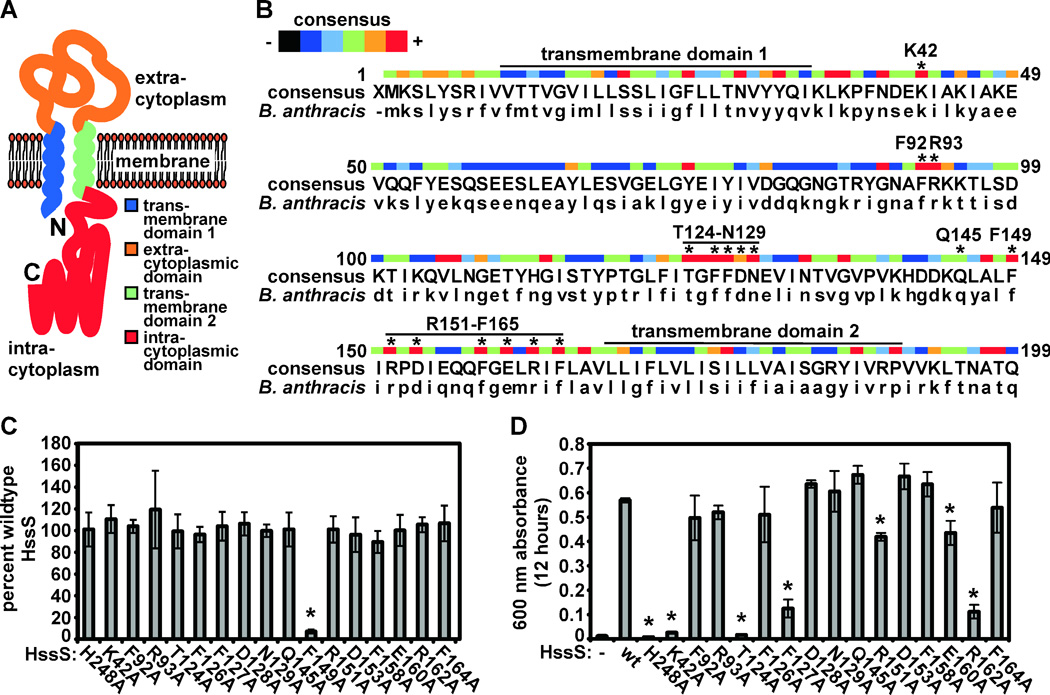Figure 5. Residues within the predicted B. anthracis HssS sensing domain required for HssS function.

A. Schematic of B. anthracis HssS. B. anthracis HssS is predicted to consist of an N-terminal signal peptide/transmembrane domain (blue), an extracytoplasmic sensing domain (orange), a second transmembrane domain (green), and an intracytoplasmic signaling domain (red). B. Alignment of conserved HssS sensing domain residues. An HssS consensus sequence was generated from an alignment performed using data from all species with complete genome sequences that are predicted to contain hss/hrt (capital letters). Color code indicates level of conservation (blue, little conservation; red, absolute conservation). Asterisks above residues designate amino acids subjected to alanine substitution mutagenesis. The signaling domain autophosphorylated histidine residue (H248) was also selected for mutagenesis. C. Expression of B. anthracis HssSmyc point mutants. Triplicate cultures of B. anthracis ΔhssS expressing each HssSmyc point mutant were prepared and HssS expression was analyzed by immunoblot against the C-Myc epitope tag of HssSmyc followed by LiCor-based quantification. Mutant levels relative to abundance of wildtype B. anthracis HssSmyc were determined and averaged. Error bars correspond to standard deviations; asterisk denotes point mutant with expression significantly lower than wild type. D. Rescue of B. anthracis ΔhssS by HssS point mutants. Strains were inoculated into BHI containing 20 µM hemin (a hemin concentration that does not significantly inhibit wt B. anthracis in BHI but completely inhibits B. anthracis ΔhssS) and grown for 12 hours. The mean optical density of triplicate cultures was determined. Error bars correspond to standard deviations; asterisks denote strains with culture density significantly lower than those of ΔhssS expressing wildtype HssSmyc.
